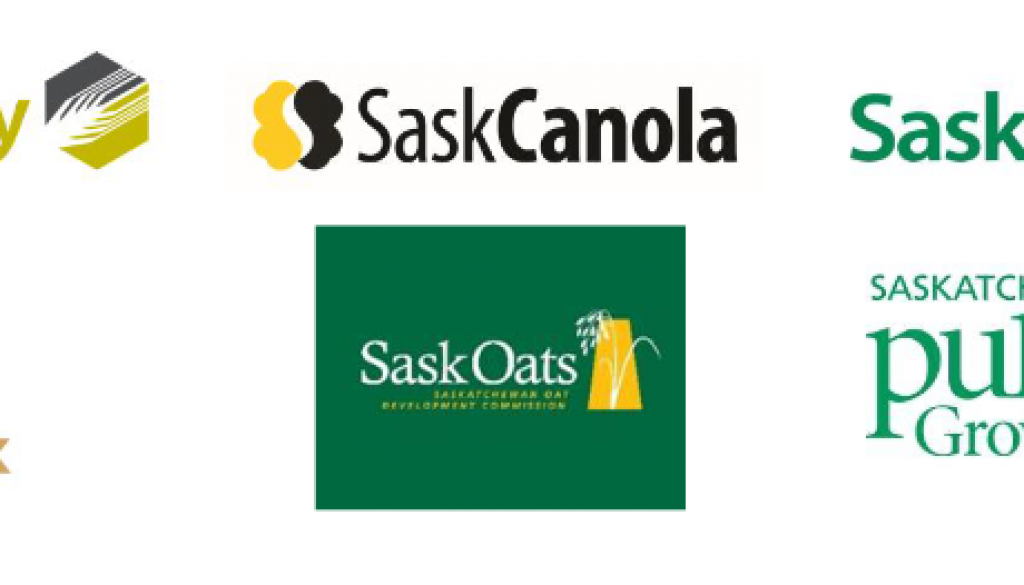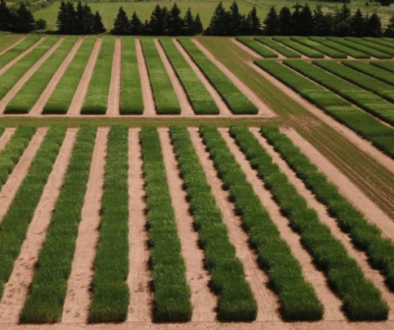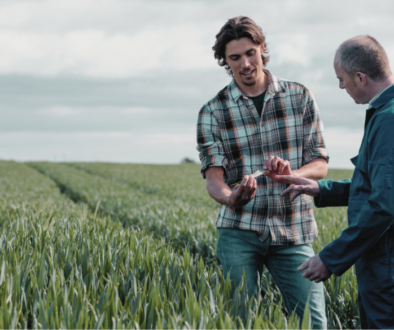RE: Saskatchewan Offset Program and Protocol Development
The producer commissions of SaskBarley, SaskCanola, SaskFlax, SaskOats, Saskatchewan Pulse Growers and Sask Wheat would like to submit the following comments on the two discussion papers released by the Ministry of Environment on the Saskatchewan Greenhouse Gas (GHG) Offset Program and on Offset Protocol Development.
The commissions believe that farmers have a key role to play in helping the Provincial Government meet its climate change goals. Through zero–till practices,Saskatchewan farmers are sequestering approximately 9 million tonnes of carbon dioxide equivalent per year [1]. However, the current proposal from the Ministry of Environment for Saskatchewan’s Offset Program would not recognize these sequestration efforts, due to additionality requirements and a forty percent adoption rate threshold.
Concepts such as start dates, additionality, and adoption rates are purely policy decisions. The commissions continue to support the position of the Saskatchewan Soil Conservation Association (SSCA) which advocates for the separation of regulations for biological sinks from industrial and point source regulations. This would remove the need for these non–scientific, policy factors and provide farmers with recognition and compensation for the new and incremental carbon sequestered each year from conservation practices such as zero–till and continuous cropping. As it is currently structured, the Saskatchewan Offset Program provides no opportunity for Saskatchewan farmers as early adopters and leaders of zero–till technology.
At the majority of our 2021 Annual General Meetings, a resolution was passed calling for commissions and associations to work to have Saskatchewan farmers recognized and rewarded for carbon sequestered through continuous cropping and reduced or zero–till practices. This is a major concern for Saskatchewan farmers, and the commission surge the Ministry of Environment to continue working with the Saskatchewan Soil Carbon Sequestration Protocol Working Group to develop a made–in–Saskatchewan offset protocol for the sequestration of carbon in agricultural soils for adoption in the federal and Saskatchewan GHG offset systems.
The commissions acknowledge that the Ministry is planning on developing a protocol related to crop production for implementation in 2022. While we are awaiting further details on the area of focus for this protocol and the timelines, we strongly recommend that the Ministry of Environment engage early in the development of this protocol with farmers to ensure the protocol is practical and will provide value to farmers.
Value and practicality are both important concepts for the Ministry to consider in the development of the Saskatchewan GHG Offset Program regulations. For example, current concepts like a 100–year reporting period to ensure permanence of sequestration projects will severely impact the attractiveness and practicality of participating in an offset program for farmers. A balance needs to be found with a flexible approach that addresses the risk of sequestration reversals while still providing enough value for farmers to participate in the protocol.
Market transparency is another important factor for the Ministry to consider while developing these regulations. To provide the most value to farmers, the offset program needs to include farmer ownership of carbon credits, a registry that allows farmers to bank their credits, an effective price discovery mechanism, and full transparency of basis costs.
We appreciate the opportunity to provide feedback on the discussion papers and look forward to further discussions to develop offsets that recognize and return value to producers for their sequestration efforts.
Sincerely,
Matt Enns – Chair, SaskBarley
Chris Rundel – Chair, SaskOats
Bernie McClean – Chair, SaskCanola
Shaun Dyrland – Chair, Saskatchewan Pulse Growers
Greg Sundquist – Chair, SaskFlax
Brett Halstead – Chair, Sask Wheat
[1] Government of Saskatchewan, 2017. Prairie Resilience: A Made–in–Saskatchewan Climate Change Strategy. Pg. 4.
View or download the PDF of this letter here.




